Hanyu Pinyin Chinese 仰韶文化 Dates c. 5000 – c. 3000 BC | ||
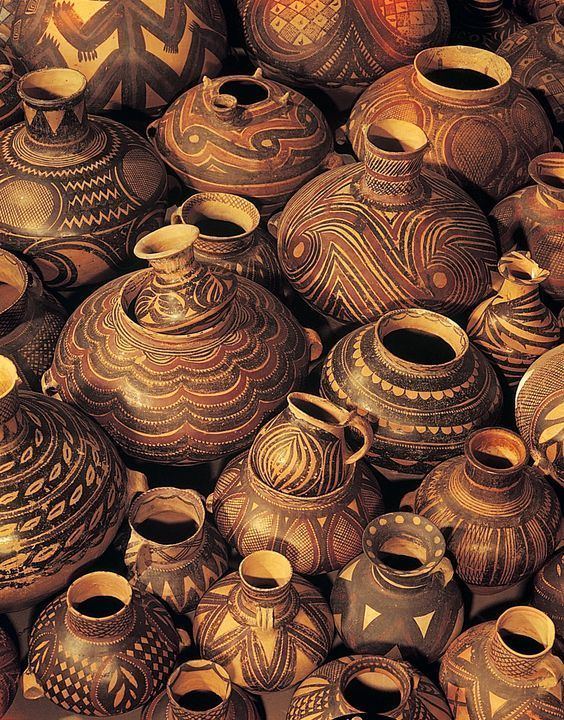 | ||
Preceded by | ||
The Yangshao culture was a Neolithic culture that existed extensively along the Yellow River in China. It is dated from around 5000 BC to 3000 BC. The culture is named after Yangshao, the first excavated representative village of this culture, which was discovered in 1921 in Henan Province by the Swedish archaeologist Johan Gunnar Andersson (1874–1960). The culture flourished mainly in the provinces of Henan, Shaanxi and Shanxi.
Contents
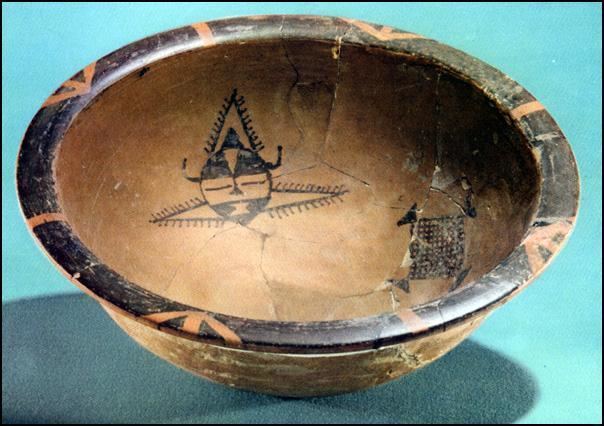
Subsistence
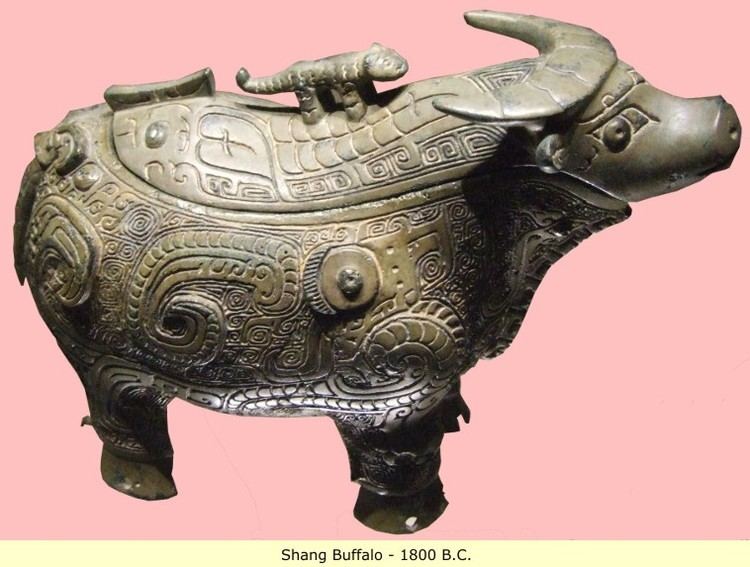
The main food of the Yangshao people was millet, with some sites using foxtail millet and others broom-corn millet, though some evidence of rice has been found. The exact nature of Yangshao agriculture, small-scale slash-and-burn cultivation versus intensive agriculture in permanent fields, is currently a matter of debate. Once the soil was exhausted, residents picked up their belongings, moved to new lands, and constructed new villages. However, Middle Yangshao settlements such as Jiangzhi contain raised-floor buildings that may have been used for the storage of surplus grains. Grinding stones for making flour were also found.
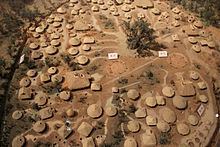
The Yangshao people kept pigs and dogs. Sheep, goats, and cattle are found much more rarely. Much of their meat came from hunting and fishing. Their stone tools were polished and highly specialized. They may also have practiced an early form of silkworm cultivation.
Crafts
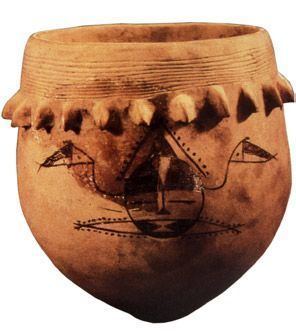
The Yangshao culture crafted pottery. Yangshao artisans created fine white, red, and black painted pottery with human facial, animal, and geometric designs. Unlike the later Longshan culture, the Yangshao culture did not use pottery wheels in pottery-making. Excavations found that children were buried in painted pottery jars.
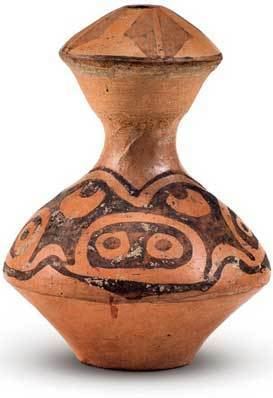
The Yangshao culture produced silk to a small degree and wove hemp. Men wore loin cloths and tied their hair in a top knot. Women wrapped a length of cloth around themselves and tied their hair in a bun.
Houses
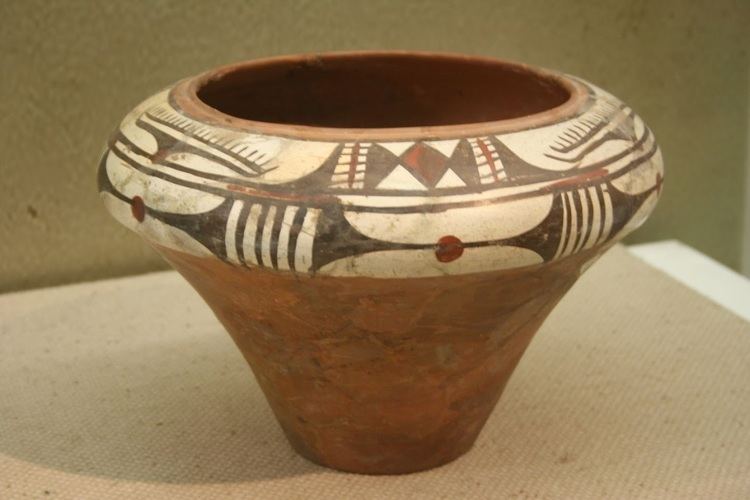
Houses were built by digging a rounded rectangular pit a few feet deep. Then they were rammed, and a lattice of wattle was woven over it. Then it was plastered with mud. The floor was also rammed down.
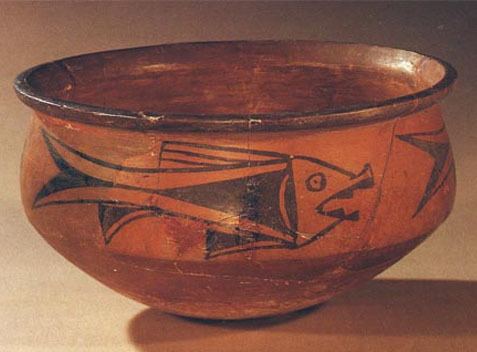
Next, a few short wattle poles would be placed around the top of the pit, and more wattle would be woven to it. It was plastered with mud, and a framework of poles would be placed to make a cone shape for the roof. Poles would be added to support the roof. It was then thatched with millet stalks. There was little furniture; a shallow fireplace in the middle with a stool, a bench along the wall, and a bed of cloth. Food and items were placed or hung against the walls. A pen would be built outside for animals.
Yangshao villages typically covered ten to fourteen acres and were composed of houses around a central square.
Social structure
Although early reports suggested a matriarchal culture, others argue that it was a society in transition from matriarchy to patriarchy, while still others believe it to have been patriarchal. The debate hinges on differing interpretations of burial practices.
Archaeological sites
The archaeological site of Banpo village, near Xi'an, is one of the best-known ditch-enclosed settlements of the Yangshao culture. Another major settlement called Jiangzhai was excavated out to its limits, and archaeologists found that it was completely surrounded by a ring-ditch. Both Banpo and Jiangzhai also yielded incised marks on pottery which a few have interpreted as numerals or perhaps precursors to the Chinese script, but such interpretations are not widely accepted.
Phases
The Yangshao culture is conventionally divided into three phases:
The Majiayao culture (c. 3300–2000 BC) to the west is now considered a separate culture that developed from the middle Yangshao culture through an intermediate Shilingxia phase.
